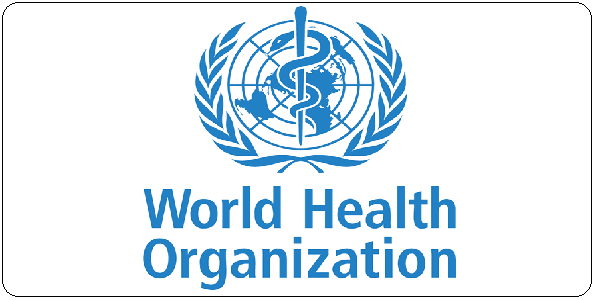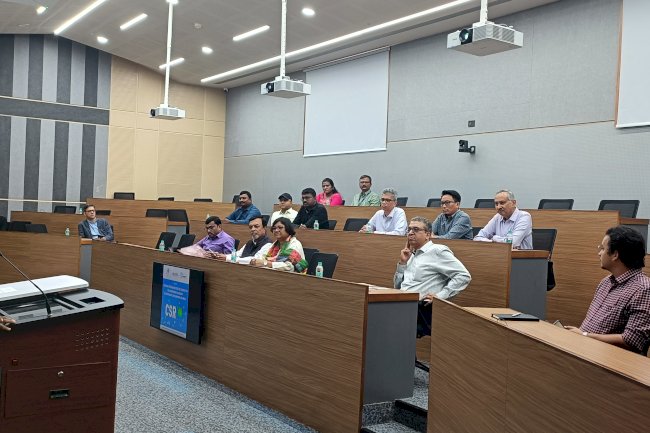Rapid policy assessment and analysis to identify gaps that need interventions for integrated NCD service delivery
India is in the midst of an epidemiological transition. The India State-Level Disease Burden Initiative reported that Disability Adjusted Life Years (DALYs) from NCDs and injuries have together exceeded those from communicable diseases in every state of India, contributing 57–86% of the total DALYs among the Indian states in 2016 (ICMR, PHFI & IHME, 2017). Therefore, there is a need for the country and its states to pay as much policy attention to NCDs as they do to communicable diseases (Bhargava & Paul, 2018) and maternal and child health. Not only is there a need for appropriate policy measures to be in place, but there is also a need for these measures and programmes to achieve the appropriate levels of coverage and reach, for them to translate into health outcomes at scale for the population.
Given that health is a state subject in India, and that the execution of NCD-related policies and programmes is in the hands of states, there is also a need to assess the level of importance given by state governments to NCDs in their health decision-making and budget allocation. It is also needed to understand why some states have done better than others in adopting and implementing policies related to NCDs.
Keeping in mind the adoption of major international (UN and WHO) commitments related to NCDs since the UN Political Declaration on NCDs of 2011, it is also pertinent to assess the level of progress achieved at the national level and the Indian states with respect to the targets and indicators adopted for operationalizing such commitments. So, in a study commissioned by World Health Organization, GRAAM believes, that tracking these targets would shed light on the NCD-related health outcomes which may have been shaped by the various NCD-related policies and programmes adopted over the years.
Project Snapshot:
| Project Name | Rapid policy assessment and analysis to identify gaps that need interventions for integrated NCD service delivery |
| Project Sanction Date | 21 Oct 2022 |
| Project Period | Oct 2022 to Dec 2022 |
| Project Location | - |
| Project Supported By |

|
| Implementation Partner | - |
| Project Team |
Project objectives:
The purpose of the study is to map the landscape of NCD related policy at the national and state levels, and to review and analyse the performance of NCD related policies and programmes. The specific objectives of the study are as follows:
1. To map the national policies, programmes and schemes pertaining to NCD control & management, NCD medicines & technologies, and financial protection schemes.
2. To assess the outputs of the NCD related policies/ programmes/ schemes in terms of coverage at the national level and in the selected states.
3. To assess (subject to data availability) the availability of stipulated NCD-related services, human resources, drugs, diagnostics and other technologies at different levels of health facilities in the selected states
4. To understand the NCD-related health outcomes and their trends and patterns over time (national level and selected states)
5. To assess the level of Out-of-Pocket expenses on NCD care and the performance of the major financial protection programme (PMJAY and major state health insurance programmes) (for the national level and for selected states)
6. To understand the status of progress achieved by India on the targets and indicators adopted in pursuance of NCD-related international commitments.
7. To explain/provide possible reasons for variation between selected states with respect to NCD service coverage and outcomes, in terms of:
a) availability of major state-level policies and programmes related to NCDs
b) level of importance given by states to NCDs in their health resource allocation, specifically in terms of allocation in the NHM PIP.
c) system-level factors and forces that underpin and shape the performance of NCD programmes and schemes
Project Result / Accomplishments:




